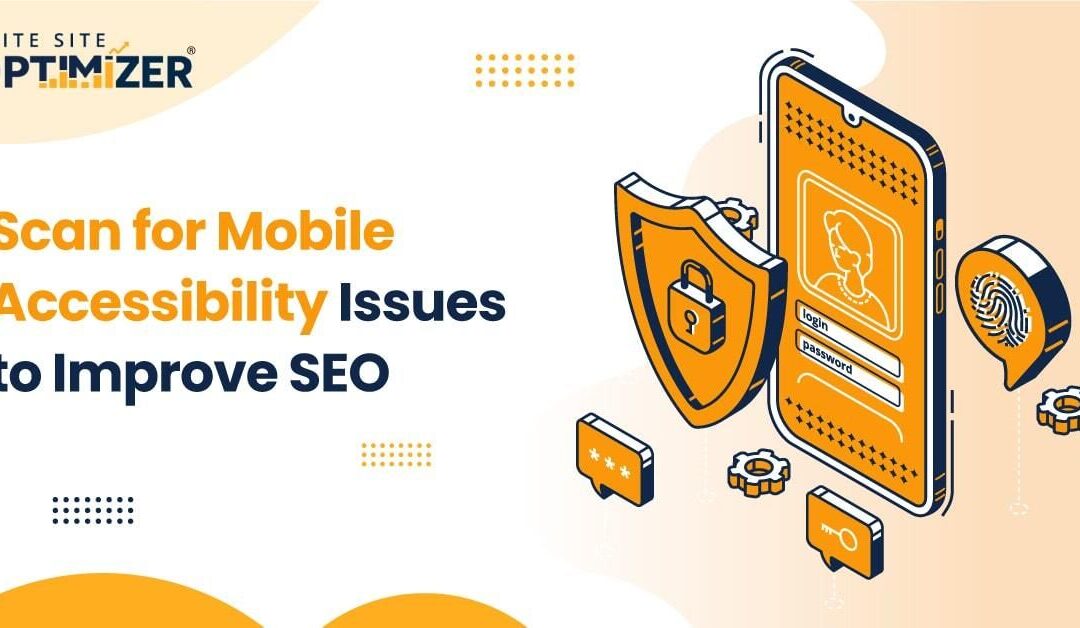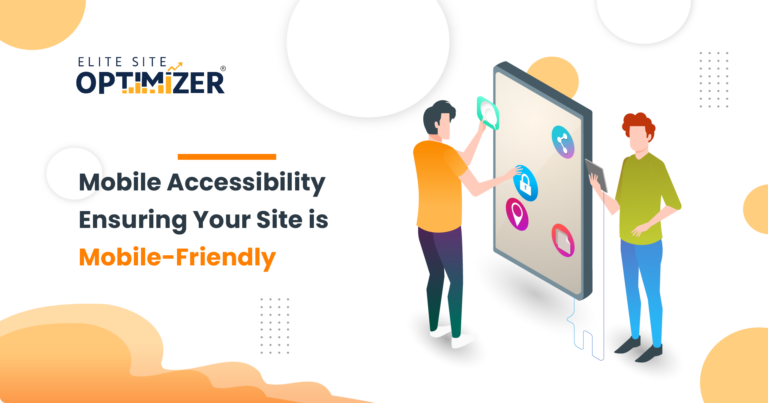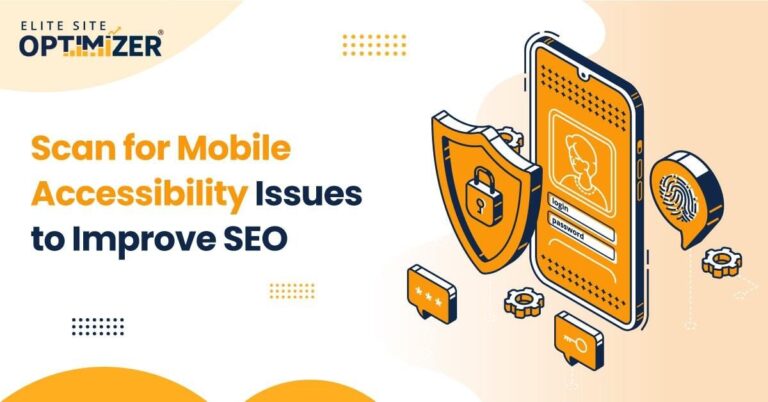Mobile browsing is becoming the default option for many users, and modern websites want to accommodate mobile users as much as possible to reach the widest audience for their content. Accessibility on mobile is a leading issue, and a scan for mobile-friendliness can reveal a number of ways that web pages can be made more accessible on mobile devices. Users who can’t load a page quickly or navigate through it easily will leave and choose a more mobile-friendly site instead. There are several solutions that can make web pages more accessible to mobile users.
Fit All Screens
The quality of the mobile web experience is frequently defined by how well pages can be viewed and navigated in a variety of smaller screen sizes. Many desktop-designed sites will have menus that are out of the viewport, requiring horizontal scrolling and zooming to see all elements on a page, making them extremely difficult to navigate on mobile. Every smartphone and tablet has a different size, and mobile web pages need to adapt to all of them. Some sites offer separate mobile versions of their pages with the ‘m-dot’ option of m.website.com, and others use responsive design, which adapts to the size and shape of the viewport, whether it’s wide or narrow.
Responsive design can create a layout with flexible dimensions that is usable on both desktop and mobile. It can detect the device type and adjust accordingly with information such as screen size, pointer type, and more. You can predetermine where breakpoints are in content to keep it from spreading out too much when expanded.
Touchscreen-Friendly
Generally, mobile users need to navigate through websites with a touchscreen instead of a mouse and keyboard. Websites designed with a mouse as the main interface will cause accessibility issues for touchscreen users. Links and buttons need to be large enough that they’re easy to click, and they need to be relatively far from other interactive elements, or else users can’t control where they are clicking. Make menus present without scrolling so users can always reach them for navigation options.
Also keep in mind that some touchscreen gestures are difficult for some people to complete, such as those requiring multiple fingers or rapid movements, so accessible sites need to avoid these as well when supporting touch interfaces.
Read also:- Are Your URLs Accessible to Search Engines?
Loading Speed
Another major consideration for mobile accessibility is loading speed. All websites want to load as fast as possible, but mobile users are often accessing the Web from mobile networks that have inconsistent and spotty coverage. In addition, they may have data caps that restrict how much they can download in a given period of time. Some devices that have less processing power may get slowed down by processing resource-intensive websites that use JavaScript. For all of these reasons, reducing the size of your mobile site is a good idea. Reducing the size of images and other large resources can make pages load faster. Stopping scripts on the page from render-blocking will make pages load quickly even though the device is still executing the scripts.
How a Scan Can Help
Many issues with mobile accessibility come up because the designer isn’t aware of the perspective of mobile users. Running a regular accessibility scan of the entire website can show areas where the site is lacking in mobile accessibility. When so much of SEO and business success depends on attracting mobile search engine and referral traffic, it’s essential to make your site as mobile-friendly as possible.







